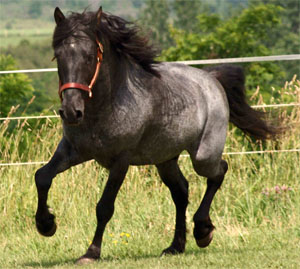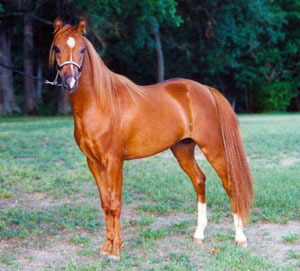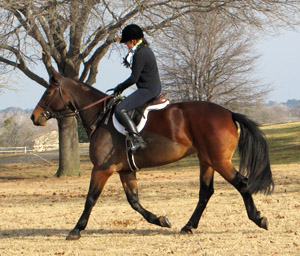Horses in Danger of Extinction?
By: Brittany Bevis
If you were asked to list some of the most endangered species in the world today, what would you say? More than likely, animals like the Mountain Gorilla, Giant Panda, Siberian Tiger, and Black Rhinoceros would top the list of the most commonly known. But what about horses?
With all the talk about the overpopulation of unwanted horses in the US and concerns about excessive breeding it might seem ridiculous to consider such an idea. But for 14 horse breeds/strains currently on the critical list and three more moving into that category in 2015, it’s certainly no joke.
We recently had the opportunity to speak with Ryan Walker of The Livestock Conservancy, America’s leading non-profit organization for rare breed conservation, that helps to protect nearly 200 breeds of livestock and poultry from extinction.
“We’ve been tracking equine populations for nearly 40 years now and have a pretty good idea of the status of each breed and the extent that they are endangered,” Walker says. “We’re also responsible for saving several breeds from extinction over the years. The past few years have
been rough on many of our rare horse breeds.”
Of course, it’s much easier to gain public support for the preservation of the exotic Giant Panda or majestic Siberian Tiger than the humble Shire or the plucky Newfoundland Pony. Still, the Conservancy is hard at work preserving not only horse breeds, but also donkeys, cattle, goats, sheep, pigs, rabbits, and poultry from extinction.
How does a breed make it on the endangered list? The Conservancy monitors livestock populations through their respective breed associations. They request registration data each year and examine indicators of the active breeding population. Then, each breed receives a designation of either Critical, Threatened, Watch, Recovering, or Study.
- Critical- Fewer than 200 annual registrations in the US and estimated global population less than 2,000
- Threatened– Fewer than 1,000 annual registrations in the US and estimated global population less than 5,000
- Watch- Fewer than 2,500 annual registrations in the US and estimated global population less than 10,000
- Recovering– Breeds that were once listed in another category and have exceeded watch category numbers but are still in need of monitoring.
- Study– Breeds of genetic interest but either lack definition or genetic and historical documentation
Horse breeds currently in the Critical category (less than 200 annual registrations in the US and an estimated global population of less than 2,000) include the American Cream, Caspian, Cleveland Bay, Hackney Horse, Morgan-Traditional, Newfoundland Pony, Shire, Suffolk, and Colonial Spanish Strains like Banker, Choctaw, Florida Cracker, Marsh Tacky, Santa Cruz, and Wilbur-Cruce. When the Conservancy announces their 2015 list later this year, three more horse breeds will be moving into the Critical category: Galicenos, Dales Ponies, and Canadians.














